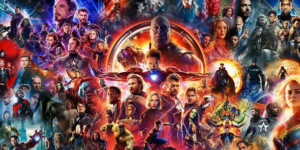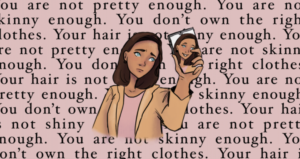Costume Design in Movies: Bringing Characters to Life
Costume design is a vital yet often underappreciated aspect of filmmaking. It is the art of creating the clothing and accessories worn by actors in a film, and it plays a crucial role in bringing characters to life, setting the tone of a story, and enhancing the visual storytelling. In this article, we will explore the significance of costume design in movies.
Character Development
Costumes are essential tools for character development. They reflect a character’s personality, background, and motivations. A well-designed costume can provide visual cues that help the audience understand a character’s role in the story.
Historical and Period Accuracy
Costume designers working on historical or period films must conduct extensive research to ensure accuracy. Their work transports viewers to different eras and settings, immersing them in the story’s world.
Contemporary Films
Even in contemporary films, costume design is crucial. The clothing characters wear can convey information about their occupation, social status, or personal style. A character’s wardrobe can reveal as much about them as their dialogue and actions.
Collaboration with Filmmakers
Costume designers work closely with directors, production designers, and actors to ensure that the clothing aligns with the director’s vision and the character’s development. The choice of colors, fabrics, and accessories is made with careful consideration.
Hidden Symbolism
Costume designers often incorporate hidden symbolism into their work. Colors, patterns, and accessories can carry deeper meanings that may not be immediately apparent to the audience but enhance the storytelling.
Iconic Costumes
Some films are celebrated for their iconic costumes. Audrey Hepburn’s little black dress in “Breakfast at Tiffany’s,” Scarlett O’Hara’s green curtain dress in “Gone with the Wind,” and Dorothy’s blue gingham dress in “The Wizard of Oz” are just a few examples of costumes that have become legendary.
Fantasy and Sci-Fi Worlds
In fantasy and science fiction films, costume design can be especially inventive. These genres allow for the creation of otherworldly costumes that can be both elaborate and imaginative. “Star Wars,” “Lord of the Rings,” and “Blade Runner” are known for their groundbreaking costume designs.
Awards and Recognition
The importance of costume design is recognized at award ceremonies such as the Academy Awards. The “Best Costume Design” category honors the creativity and skill of costume designers, and the winners contribute to the film’s overall success.
Color and Mood
Costumes can affect the mood and atmosphere of a film. Dark and muted colors may convey a sense of gloom or foreboding, while bright and vibrant colors can create a feeling of joy or excitement. Color palettes are carefully chosen to enhance the storytelling.
Cultural Sensitivity
Costume designers must also consider cultural sensitivity when creating costumes. In films that depict cultures other than the designers’ own, extensive research and collaboration with cultural experts are necessary to ensure accuracy and respect.
Challenges and Constraints
Costume design can present challenges, especially in films with extensive costume changes, large casts, or limited budgets. Designers must be resourceful and creative in finding solutions.
The Future of Costume Design
The future of costume design is marked by advancements in technology and materials. 3D printing, digital rendering, and sustainable fashion practices are becoming increasingly relevant in the industry.
In conclusion, costume design is a nuanced and integral part of filmmaking. It brings characters to life, enhances storytelling, and contributes to the overall visual and emotional impact of a film. The work of costume designers is a testament to the artistry and creativity that make cinema a compelling and immersive experience.




